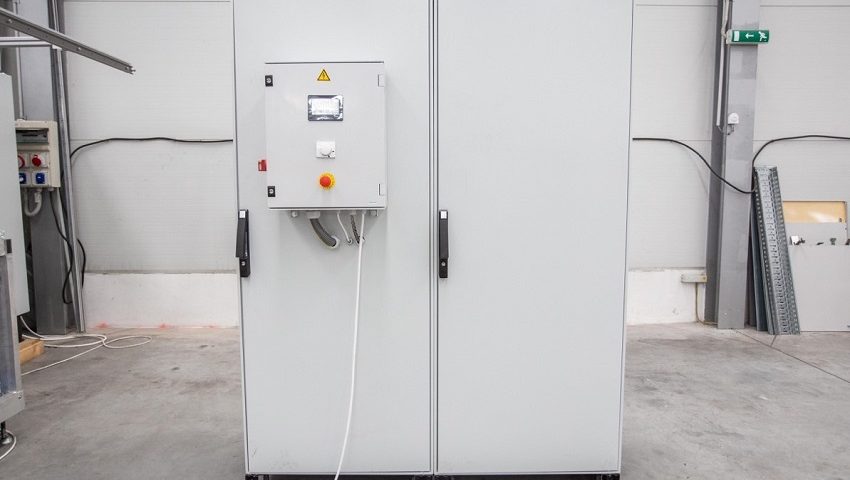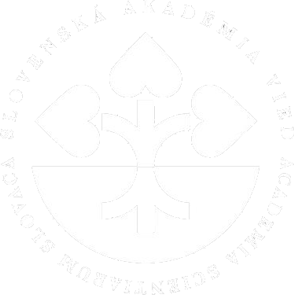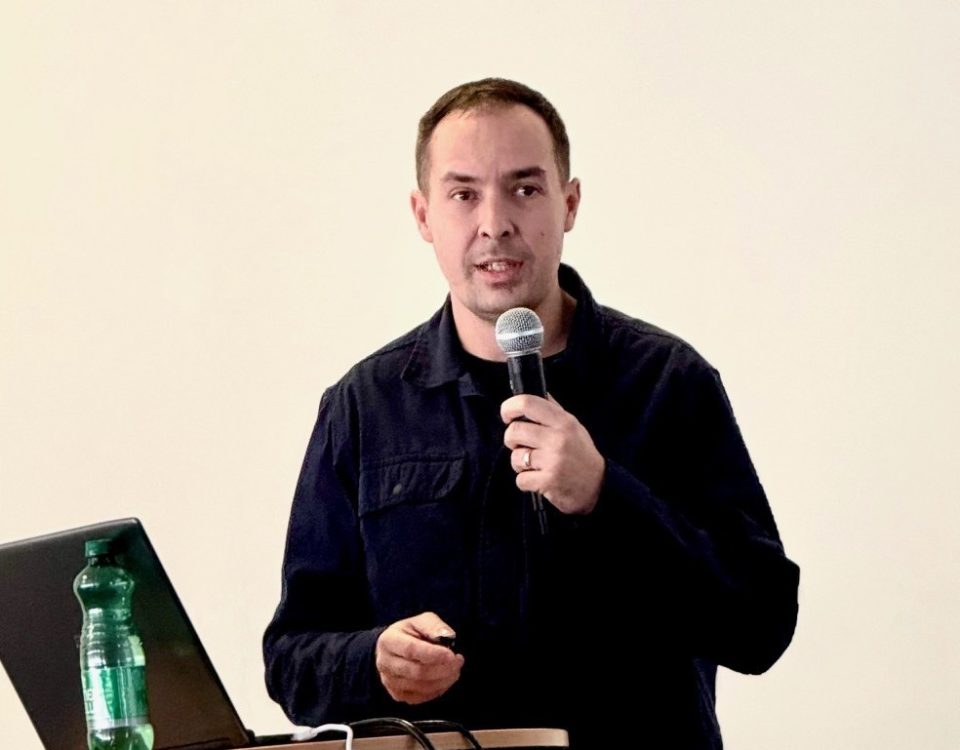This website uses cookies so that we can provide you with the best user experience possible. Cookie information is stored in your browser and performs functions such as recognising you when you return to our website and helping our team to understand which sections of the website you find most interesting and useful.
SAS scientists developed an efficient high-capacity air purifier

Prototyp veľkokapacitnej čističky z dielne SAV / Prototype of a large-capacity air purifier from the SAS workplace
Materials scientists and virologists from the Slovak Academy of Sciences have joined forces in the fight against pathogens and constructed a prototype of a large-capacity air purifier that destroys viruses and bacteria with hot air. The technical solution is suitable for both humans and animals. The device does not generate harmful radiation, does not create ozone, nor does it store filter materials in which pathogens dangerous to service personnel could be trapped. It can be used in enclosed spaces where there is a high concentration of people, such as concert halls, sports halls, hospital facilities or schools.
The Institute of Materials and Machine Mechanics SAS and Biomedical Research Center SAS were involved in the development of a new air purifier. The large-capacity air purifier operates based on the principle of fast heating of air to a high temperature up to 200 °C.
We are limited in air purification. We can use UV radiation or go chemically, but these methods are ineffective in larger spaces. One of the most effective ways to inactivate a virus is heating. Temperatures of 50 – 60 degrees are typically used in laboratories for 15 to 30 minutes, and the virus is inactivated within a few minutes at 70 degrees. Thus, with increasing temperature, we can shorten the time for which viruses are inactivated. At temperatures above 100 degrees, we can talk about seconds,” explains Juraj Kopáček, director of the Institute of Virology of Biomedical Research Center SAS, in which they simulated the temperatures causing the inactivation of the model virus.
The advantage of the technical solution of the prototype of the air purifier from the SAS workplace is the high flow capacity of the device with minimal energy requirements. The measurements confirmed that with a volume of 2 m3, a temperature of 150 °C and a minimum residence time of air at this temperature of 5 seconds, the air purifier can effectively clean up to 200 m3 of air per hour.
“Efficient heat exchange between incoming contaminated and exiting purified air is ensured by our innovative patented design of multiple shape exchangers. This creates good economic preconditions for its continuous operation,” explains František Simančík from the Institute of Materials and Machine Mechanics SAS.
The device does not need operating personnel, after switching on, it gradually stabilizes the temperature and can work autonomously and continuously due to low noise (below 40 dB). In addition, the operation of the device significantly reduces the demand on regular maintenance. There are no filters or components with a limited service life in the device, as in the case of purifiers using UV radiation or ozone.
At the same time, the air purifier does not cause the ambient air to overheat or dry out. The method of cleaning the air from pathogens by heating poses no risk to humans. It can, therefore, be used in full operation, especially where more people are moving and large amounts of air need to be cleaned at short intervals.
The development of the air purifier was financed from the APVV COVID PP-20-0098 project. Aplik, s.r.o. company also took part in its construction. More information about the prototype purifier, its features and how it works are provided by the VIDEO with english subtitles.
Text: Press release, SAS
Photo: Katarína Gáliková, SAS
Video: Martin Bystriansky, SAS
Translated by: SAS







